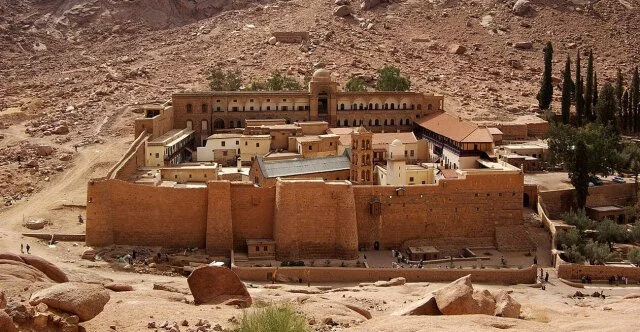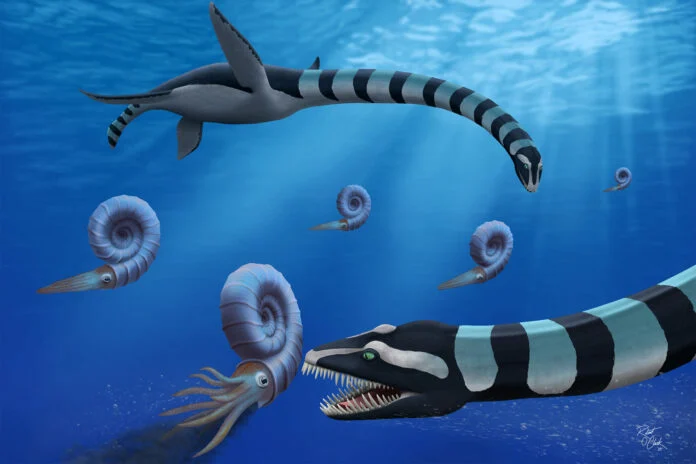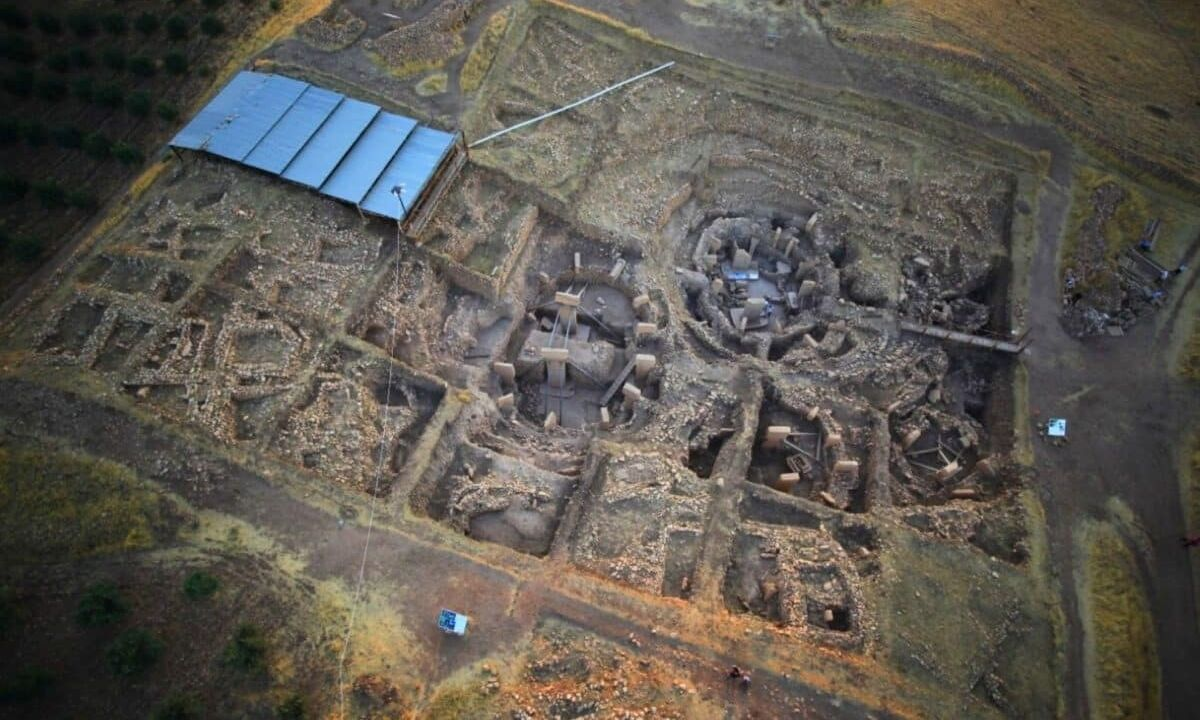Archaeologists have unearthed a remarkably intact 1st-century Roman sanctuary in Herwen-Hemeling, a town in the eastern Dutch province of Gelderland. This discovery is particularly significant as it is the first sanctuary found along the Lower Germanic Limes, the northern frontier of the Roman Empire.
A Unique Discovery on the Lower Germanic Limes
Although several Roman sanctuaries have been uncovered in the Netherlands, including those in Elst, Nijmegen, Empel, and Aardenburg, this is the first identified within the Lower Germanic Limes. The site stands out due to its exceptional preservation, featuring temple structures, votive stones, and sacrificial remains. According to RAAP, the Dutch archaeological research organization, "The amount of limestone sculpture fragments discovered here is unprecedented."
Uncovering the Sanctuary
The discovery was initially made late last year by volunteers conducting an archaeological survey in a clay mining area. Upon recognizing the significance of the site, they alerted the Dutch Cultural Heritage Agency, which promptly halted clay extraction to facilitate a full-scale excavation.
Among the first artifacts uncovered were intact fibulae (ancient brooches), followed by an array of items including weapons, harness fittings, and roof tiles bearing manufacturer imprints. Particularly notable were the numerous votive altars, found both intact and in fragments, along with military-related artifacts such as armor, spearheads, and horse harness components.
A Military Place of Worship
Historical evidence suggests that Roman soldiers were the primary visitors to this sanctuary. The abundance of stamped roof tiles indicates that their production was likely a military operation. High-ranking Roman officers erected votive stones here, expressing gratitude to deities for safe travels or military successes.
The sanctuary, active from the 1st to the 4th century AD, was situated near the confluence of the Rijn and Waal rivers on elevated terrain. It featured at least two temples, including a Gallo-Roman temple adorned with vibrant wall paintings and a tiled roof. The smaller temple also displayed decorative elements, and archaeologists found multiple votive stones dedicated to deities such as Hercules Magus, Jupiter-Serapis, and Mercury.
Architectural Highlights
One of the most striking architectural discoveries was a well, accessed via a large stone staircase. Coins and inscriptions found within the well enabled archaeologists to date its construction to between 220 and 230 AD.
Exhibition of Key Artifacts
Many of the significant findings from the excavation will be displayed at Museum Het Valkhof in Nijmegen, starting on June 24.
This groundbreaking discovery sheds new light on the religious and military practices of Roman soldiers stationed along the empire’s northern frontier, offering a rare glimpse into the cultural and spiritual landscape of the period.







